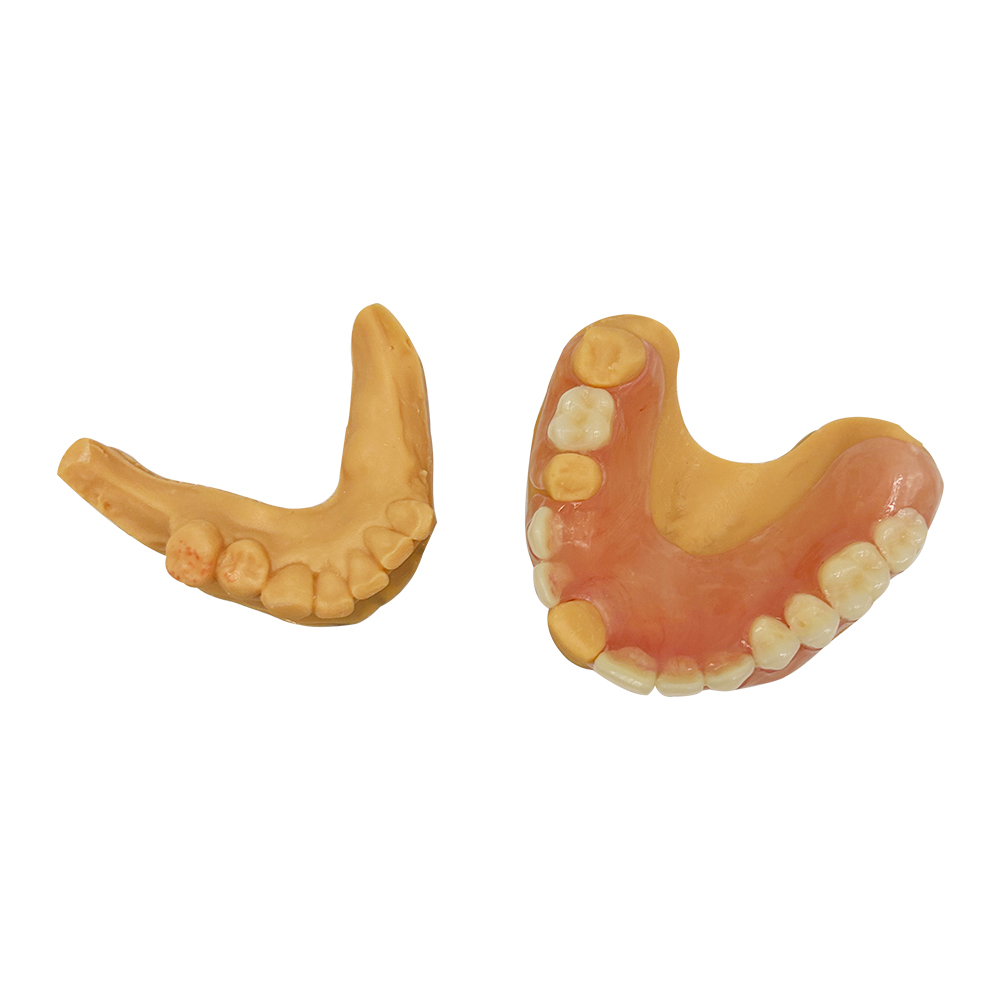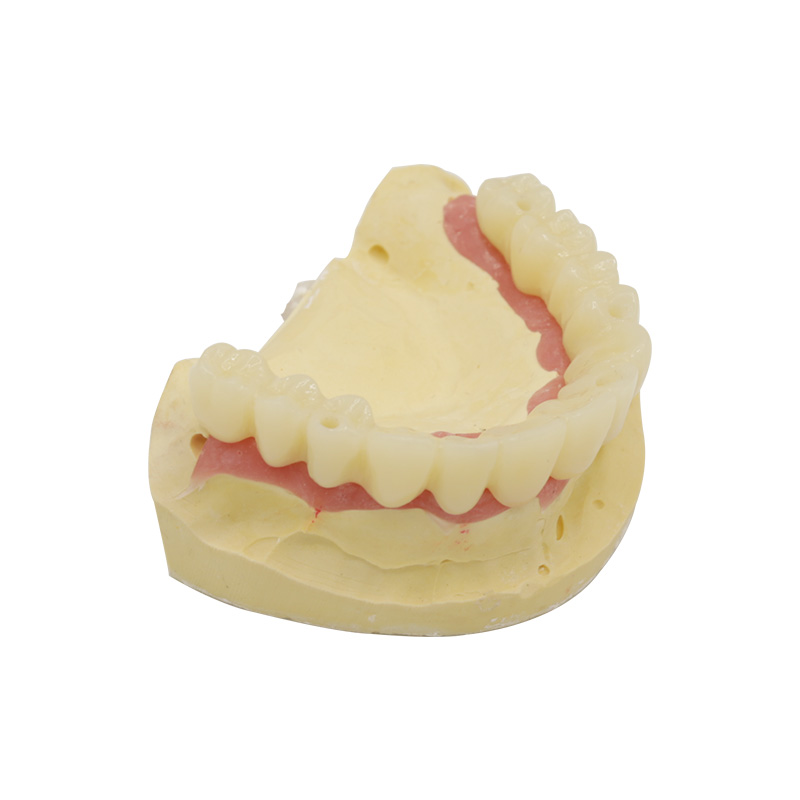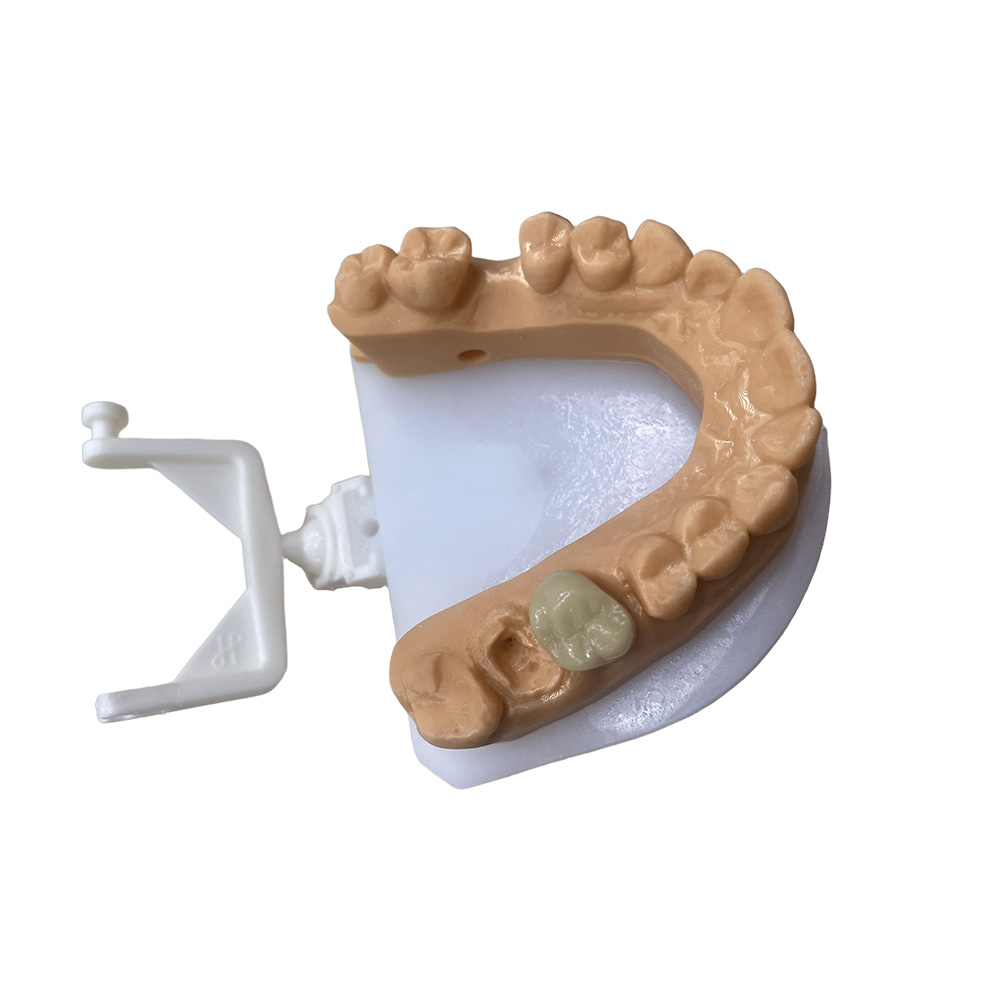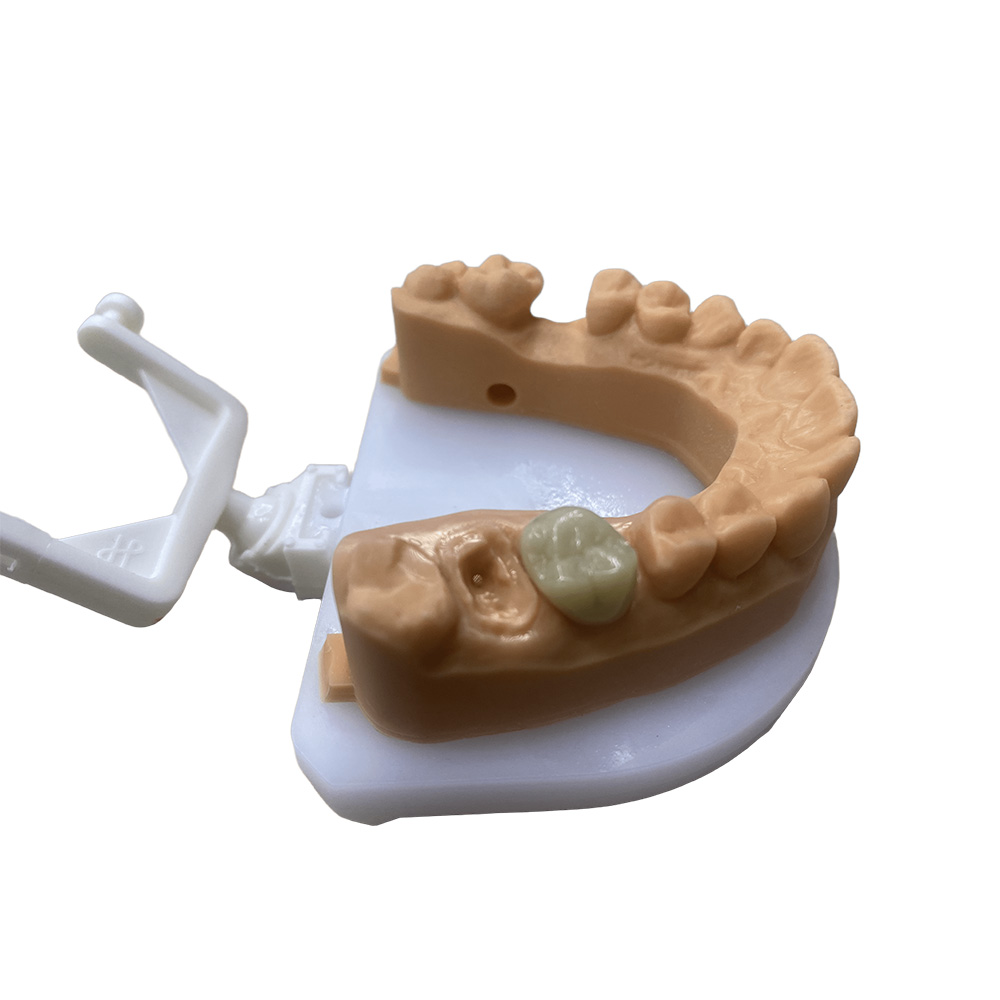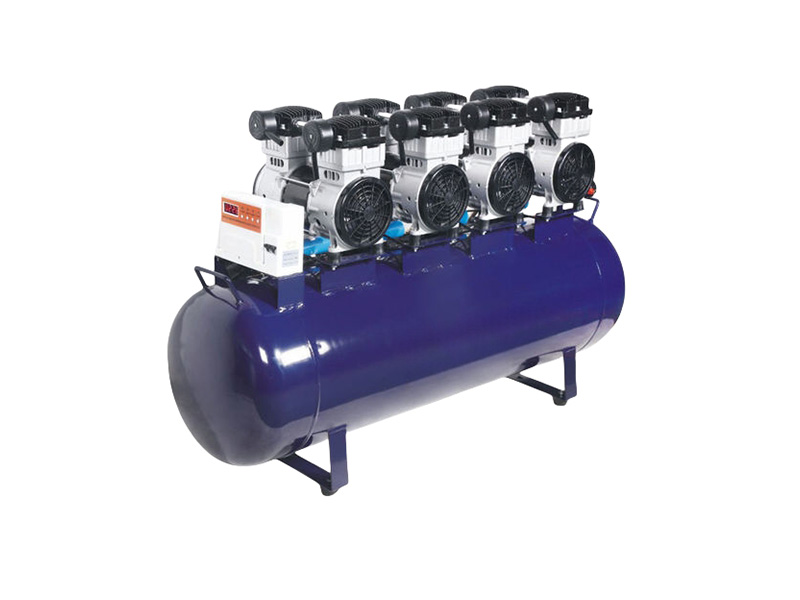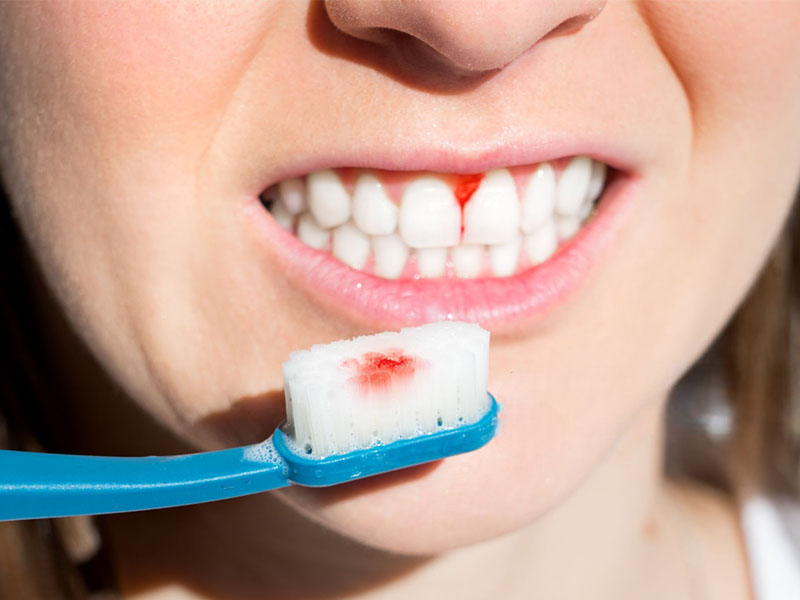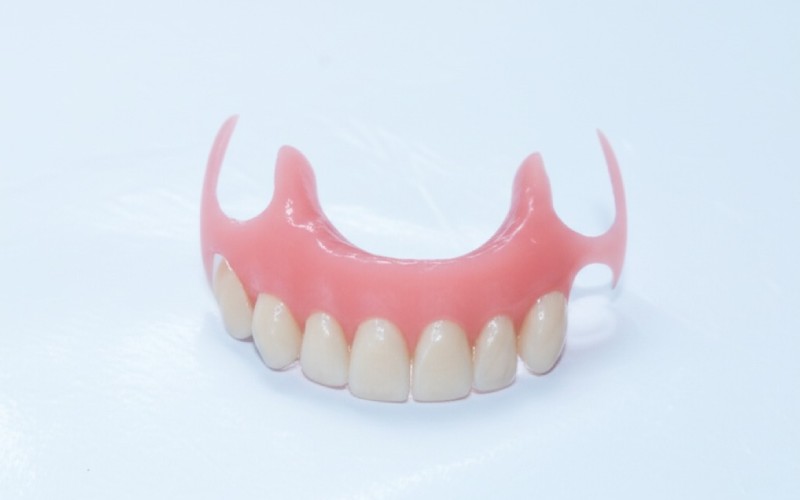Temporary Restoration
As Istar Dental Lab, a top company among the leading five dental labs in China, we know the very important part that high-quality temporary dental restorations play in the success of complete dental care. Our promise is to help dentists, dental clinics, hospitals, and outside dental labs around the world with excellent temporary solutions that lead to the best results for patients and make clinic work easier.
High-Quality Temporary Dental Solutions by Istar Dental Lab
What Temporary Restorations Are and Why They Are Used
Temporary dental restorations, also called provisional restorations, are temporary replacements made to play a key part during the check-up, treatment, and healing steps of different dental procedures. They are not just simple placeholders but active parts of a carefully planned treatment plan, filling the space between the first tooth preparation and putting in the final restorations.
The main goals of temporary restorations have many uses and are essential for good long-term results:
- Pulp Protection: Protecting the prepared tooth from harm from heat, chemicals, and germs, which stops pain after the procedure and swelling inside the tooth.
- Keeping Tooth Position and Bite: Stopping teeth from moving or growing out of place, and keeping the bite height the same, which is very important for keeping the final restoration stable.
- Keeping Gums Healthy: Protecting the gums, helping the gums heal in the right way, and keeping the right shape where the tooth comes out of the gum, especially in areas you can see and around dental implants.
- Providing a Good Look and Clear Speech: Giving back the patient’s normal look and speech, which has a big effect on their mental comfort and social life during treatment.
- Bringing Back Chewing Ability: Allowing patients to chew without pain and eat a mostly normal diet, making their life better during the treatment time.
- A Tool for Checking and Predicting: Acting as a “mock-up” or test version to check planned changes to the bite, look, and feel in the mouth. This allows for immediate comments from the patient and a review by the dentist, greatly lowering the chance that the patient will be unhappy with the final replacement. This checking function is being used more and more with digital smile design (DSD) and modern digital methods.
In difficult, multi-step treatments like full mouth reconstructions, implant-supported teeth, and cases involving different dental fields, temporary restorations are planned in a specific order. They help tissue heal, guide the shaping of the gums, and allow for putting pressure on the new tooth in stages, making sure there is a clear and successful way to the final restoration.
Types and Clinical Uses
Temporary dental restorations are grouped by their type, the materials used, and how long they are meant to last, with each one suiting different clinical situations and patient needs.
Grouped by Type
Temporary restorations can copy different types of final replacements:
- Temporary Crowns: Single restorations that cover a prepared tooth.
- Temporary Fillings: Temporary fillings for prepared cavities.
- Temporary Bridges: Multi-unit replacements for one or more missing teeth, connecting to prepared support teeth.
- Temporary Veneers: Thin covers put on the front teeth for a temporary cosmetic fix.
- Implant Provisional Restorations: Temporaries put on dental implants, often right after they are placed, to help gums heal and to test the bite.
Grouped by How Long They Last
How long a temporary restoration is designed to work decides which material to use and how to make it:
- Short-Term Temporaries (Days to Weeks): Usually used for quick protection after preparing a tooth, while taking an impression, or while a lab is making the final restoration. Often made in the dental chair.
- Medium-Term Temporaries (Weeks to a Few Months): Used when a slightly longer healing time or checking period is needed. These need to be stronger and have a better fit.
- Long-Term Temporaries (Several Months to Over a Year): Recommended for difficult cases that need a lot of healing, treatments done in stages, or when money or health problems delay the final restoration. These require extra strength, a good look, and a great fit.
Specific Clinical Uses
Long-term temporary restorations are especially recommended in a number of difficult situations:
- Delayed Final Prosthesis Placement: Common after placing an implant, guided bone regeneration, or major gum treatment, to allow for gum and bone healing.
- Complex Full-Mouth Rehabilitations: Making treatment in stages easier, allowing the patient to get used to a new bite, and managing changes in bite height.
- Orthodontic Tooth Movement: Especially in cases involving different dental fields, temporaries can hold space, guide teeth as they move, or act as anchors.
- Endodontic or Periodontic Monitoring: Giving protection while the future of the tooth or surrounding gums is being checked.
- Patients with Parafunctional Habits: Used when it’s unclear how the supporting tooth will do, allowing the dentist to see how the tooth reacts to bite forces.
- Diagnostic Wax-ups and Prototypes: Acting as a working and cosmetic test version for the patient to approve and the dentist to check before deciding on the final design.
The smart placement of temporaries is key to planning care together between different dental specialists, including prosthodontists, periodontists, orthodontists, and oral surgeons. For example, in gum-and-prosthetic cases, temporaries are very important for helping the gums heal and get shaped after surgery, ensuring the best cosmetic and health results.
Common Materials and How They Are Made
For many years, common materials and methods have been the main way to make temporary restorations. These methods, while they work, have unique features and handling needs that dentists must understand.
| Material Type | Description & Use |
|---|---|
| Auto-polymerizing Acrylic Resins | Mostly based on polymethyl methacrylate (PMMA) or polyethyl methacrylate (PEMA). Features: Strong and bendable (60–90 MPa), fairly hard. But, they shrink a lot when they harden (up to 6–8%) and give off heat, which can harm the inside of the tooth. Benefits: Cheap, easy to shape for a custom fit, and strong, making them good for long bridges or long-term temporaries, especially those made in a lab. |
| Bis-acryl Composite Resins | Dual-cure or auto-mix composite materials. Features: Not as strong as PMMA (40–60 MPa), but have a better fit at the edges because they shrink less (1–2%) and give off less heat. They are, however, more likely to break. Benefits: Great look, low shrinking, and easy to use, which makes them perfect for short- to medium-term temporaries made in the dental chair, especially for single teeth or short bridges. |
| Zinc Oxide Eugenol (ZOE) Cements | Mainly used as temporary filling materials or glues. Features: Not very strong (8–40 MPa), dissolves easily, and wears down quickly. However, they seal very well and have a soothing effect on the inside of the tooth. Benefits: Soothes the inside of the tooth and provides a good seal, making them good for emergencies or short-term use, especially with deep cavities or after a root canal. |
| Glass Ionomer Cements (GICs) | Features: Medium strength (100–200 MPa), chemically bonds to the tooth, and releases fluoride. They are, however, brittle and can break under bite pressure. Benefits: They stick to the tooth and release fluoride, making them useful for children, older adults, or patients with a high risk of cavities. |
Digital Technologies: CAD/CAM and 3D Printing
Digital technologies are completely changing the design and creation of temporary restorations, offering amazing accuracy, speed, and custom fits.
CAD/CAM Milling: Computer-Aided Design/Computer-Aided Manufacturing (CAD/CAM) systems allow for the exact milling of temporary restorations from ready-made blocks of PMMA or strong composites.
- Accuracy and Reliability: Digital methods using mouth scans and CAD/CAM milling allow for a perfect fit, the ability to make exact copies, and fast creation. Studies show that CAD/CAM-milled temporaries keep their edge fit (<80 μm gap) and bite stability for a long time, working better than temporaries made directly in the chair.
- Less Time in the Chair: This technology greatly cuts down on adjustment time in the chair (by up to 40%) and makes it easy to remake or change them if treatment plans change.
- Better Look and Color Stability: Milled temporaries show better color stability (ΔE < 2.5 after 12 months) than older methods.
3D Printing (Additive Manufacturing): This technology, especially Stereolithography (SLA) and Digital Light Processing (DLP), has deeply changed the process for temporary restorations.
- Speeding up the Process: Digital impressions and CAD design allow for 2-3 day delivery, greatly cutting down on wait time.
- Accuracy and Fit: 3D printed temporaries often show a better edge and internal fit compared to ones made the old way, with reported edge gaps below 100 μm.
- Material Qualities: 3D printable resins for temporaries are made to be safe for the body, strong (80–120 MPa), and easy to polish, with qualities close to those of regular PMMA.
- Design Freedom and Customization: Additive manufacturing allows for complex shapes, detailed bridge designs, and custom gum profiles, which are hard or impossible with older methods. This is especially helpful for multi-unit temporaries and cases that need cosmetic shaping.
- Material and Cost Savings: 3D printing naturally uses less material than milling, which reduces waste and can lower the cost for each unit.
- Chairside 3D Printing: The arrival of small, fast 3D printers has made it possible to create restorations right in the dental office, reducing patient visits and making the practice more efficient.
- Multi-Material and Gradient Printing: New abilities allow for temporaries with different hardness, clearness, or color in a single piece, creating a more real look or stronger chewing surfaces.
At Istar Dental Lab, we use both advanced CAD/CAM milling and the newest and best 3D printing technologies to make temporary restorations that meet the highest standards for accuracy, look, and strength. Our digital setup makes communication easier and supports quick temporary placement, making sure the treatment process is smooth.
The Full Process: From Impression to Placement
We support your whole workflow. We make the Temporary dental Restoration process smooth for you.
- Tooth preparation: We provide materials that work with your methods.
- Dental impression: We support both traditional alginate impression material and modern digital impressions using Polyvinyl siloxane (PVS) impression material.
- Fabrication: Our service helps with chairside fabrication and lab-based CAD/CAM provisional work.
- Cementation: We supply the best temporary luting agent for a secure hold but easy removal later.
- Removal: Our products make temporary restoration removal clean and simple.
- Final Placement: We help you prepare for the permanent restoration placement.
We Help You Avoid Common Problems
A bad Temporary Restoration can cause many issues. Our service helps you avoid these problems. This keeps your patients happy and your schedule on track.
- Fit and Function: We focus on avoiding a poor marginal fit, getting a good occlusion, and having a proper pontic design to prevent issues.
- Patient Comfort: We help prevent tooth sensitivity with temporary restorations and gum inflammation around the temporary.
- Durability: We reduce the risk of a temporary filling falling out, a broken temporary crown, or a loose temporary bridge.
- Health: Our materials help with pulp protection and prevent leakage under temporary restorations.
We also think about how the teeth look. We focus on details like the embrasure form and contact point issues. This ensures the temporary teeth look natural. At Istar Dental Lab, we focus on providing temporary restorations with a great fit and strength, which naturally lowers the number of times these common problems happen, leading to a smoother and more predictable treatment process for both dentists and patients.
Our Promise of Clear Communication
We believe in being professionals for professionals. Our communication is always professional and clear. We make sure to use the right terms and details so you know what you are getting.
We also try to explain things in different ways to keep our information useful. Some information is very detailed, while other parts are more simple. We work to make our writing easy to read and understand. This is part of our promise to provide great service and clear facts.
Supporting Your Practice and Your Patients
We are more than a supplier. We are your partner in fixed prosthodontics, cosmetic dentistry, endodontics, and periodontics. We work with your dental technician and dental laboratory. Our focus on biomechanics ensures that every temporary replacement is strong and works well.
We also help you give patients clear instructions for temporary crown care.
Patient Care Tips
- Diet: Tell patients to avoid sticky foods and hard foods. They should be chewing on the opposite side.
- Oral Hygiene: Guide them on brushing around the temporary crown and flossing with a temporary bridge.
- Problem Solving: Give them steps for what to do if the temporary comes off. Suggest dental wax for sharp edges or a saltwater rinse for comfort.
From a single flipper tooth to a full-arch temporary replacement, we are here to help. Trust us for all your Temporary dental Restoration needs. Let’s work together to create healthy, happy smiles.

